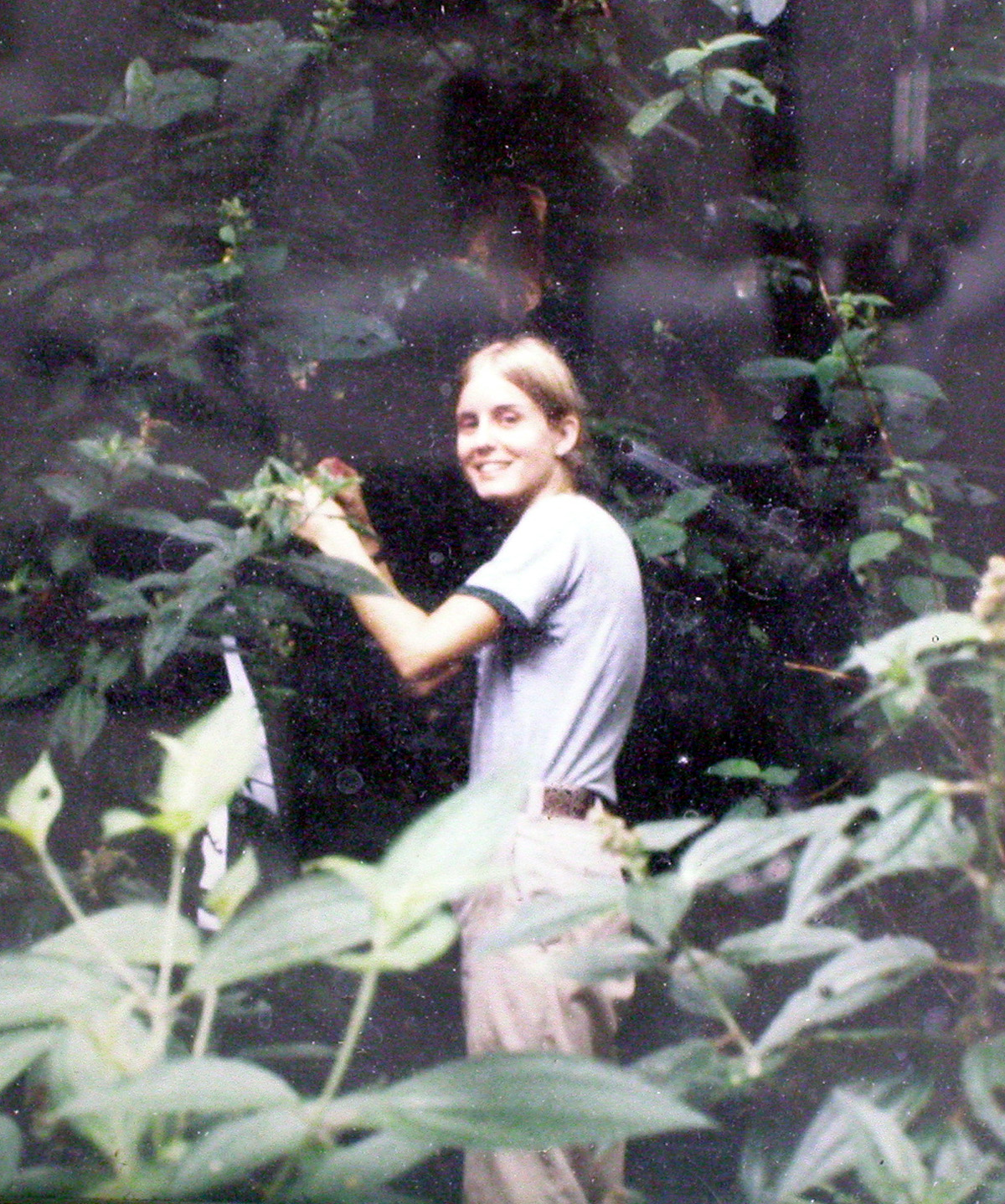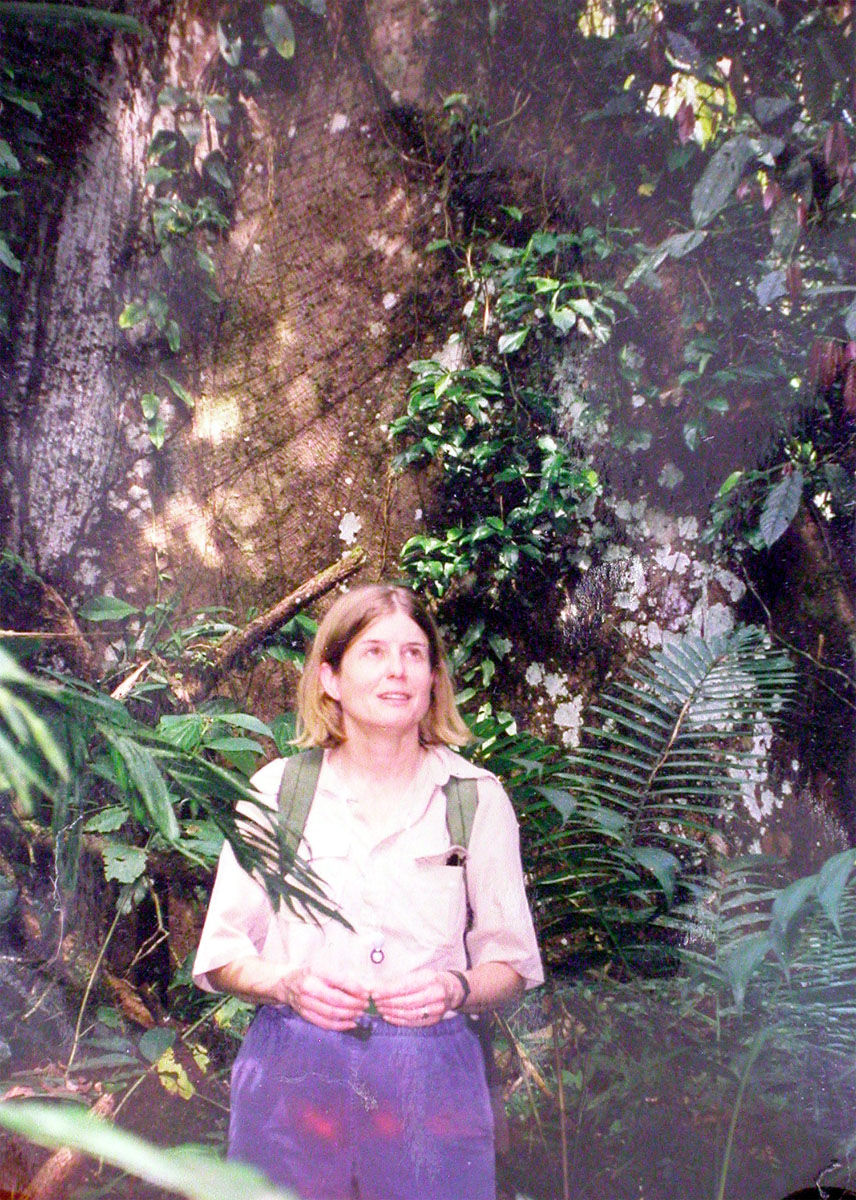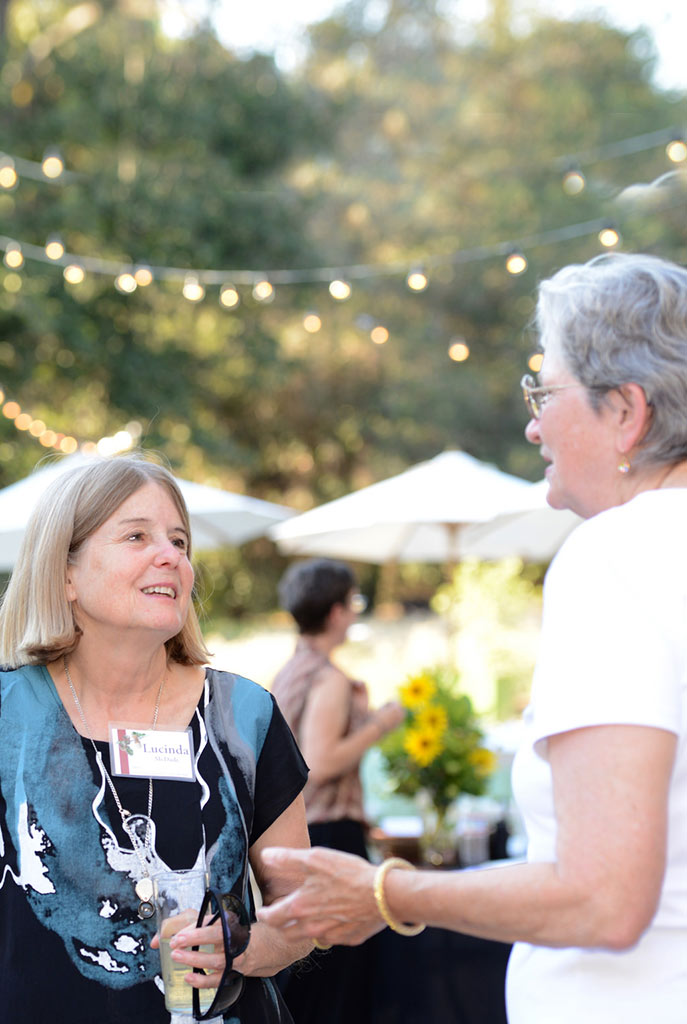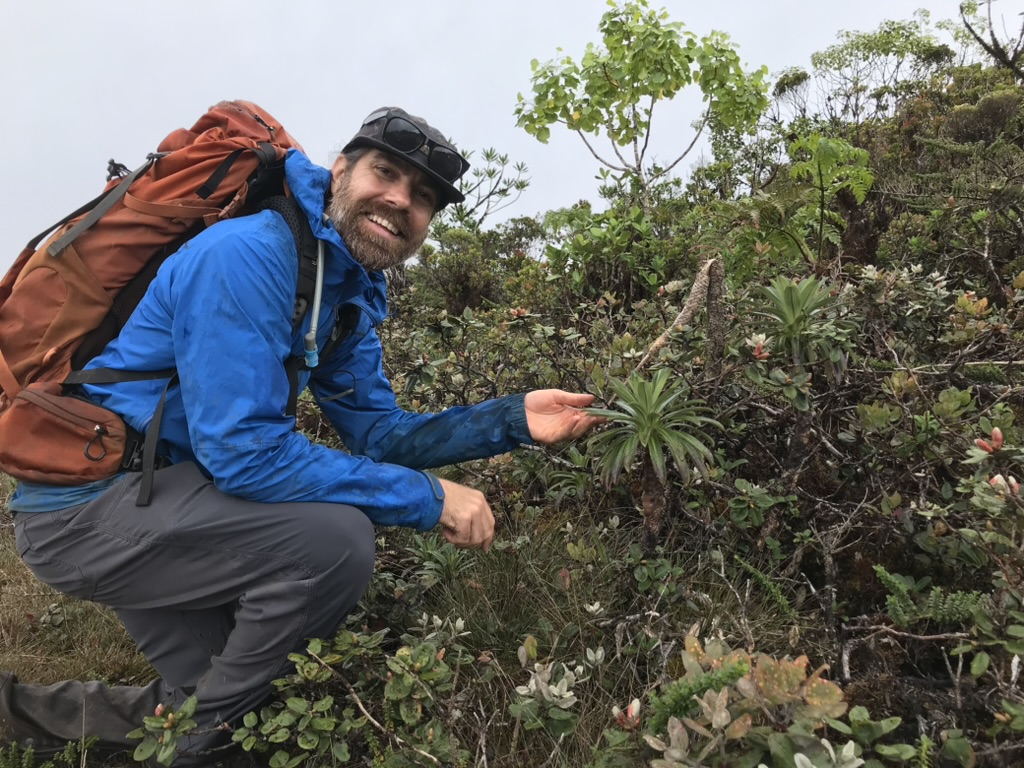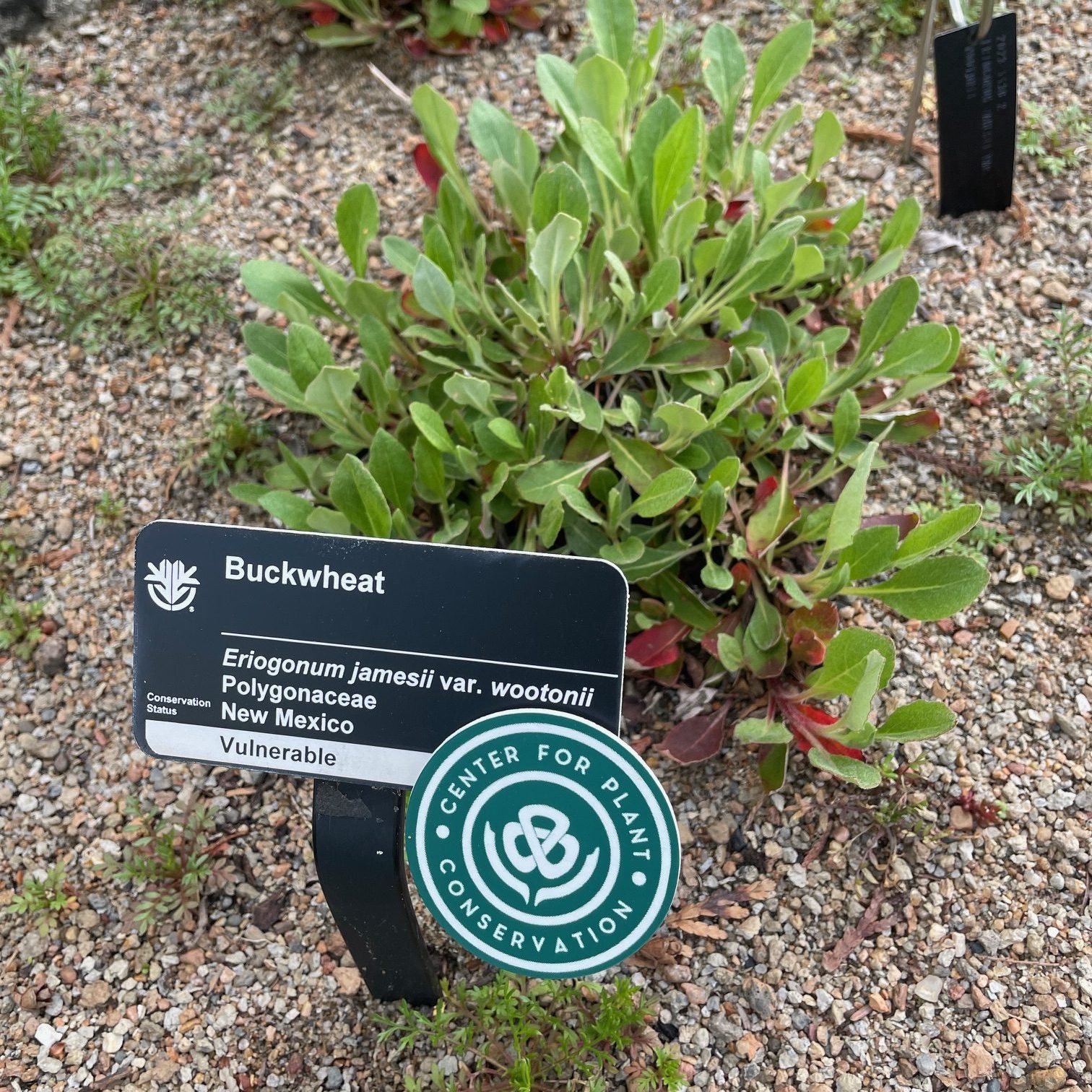Save Plants: October 2018 Newsletter
CENTER FOR PLANT CONSERVATION
October 2018 Newsletter
The Center for Plant Conservation is overseen by a generous and effective group of dedicated volunteers – our Board of Trustees. This governing body is made up of individuals from all over the country with diverse backgrounds ranging from law, to finance to science and art. Of these trustees, we are fortunate to have six “director trustees” – those who in addition to their service to CPC serve as executive directors and CEOs of some of the top botanical gardens in the country. Their collective experience in running their own conservation organizations has proven invaluable in our efforts to build CPC into the vibrant and effective organization we have today. Although our primary goal is to Save Plants, it is also important to recognize the champions who are helping us to achieve this. This month, we are happy to share with you the stories of some of our “director trustees”. We hope you enjoy getting a glimpse into their worlds and how they have built long and industrious careers in the pursuit of conserving plants.
We are also pleased to announce a new feature in the Center for Plant Conservation’s news digest – Champions of Plant Conservation – individuals who are leading the charge and making real change in the world of plant conservation. To kick off this feature, we are dedicating this entire issue to three of the “director trustees”: Peter Raven, Lucinda McDade, and Christopher Dunn. Over the next three months, we will also shine the spotlight on Spencer Crews, Ed Schneider, and Scot Medbury.
Included in this month’s newsletter, we highlight our outgoing board chairman, Dr. Peter H. Raven, Director Emeritus, Missouri Botanical Garden. We thank him for his amazing service to CPC that spans now over three decades. Dr. Raven was instrumental in resurrecting CPC and has always ensured that we remain focused on our core mission to Save Plants in the U.S. and Canada. Second, Dr. Lucinda McDade, Executive Director of Rancho Santa Ana Botanic Garden, is also featured this month after having just begun her second three-year term on our board. Dr. McDade has spent her life knowing and conserving plants. She brings a no-nonsense dedication and practical support to our board as one of our most valued trustees. Finally, this month, we feature Dr. Christopher Dunn. Dr. Dunn is a dedicated plant professional, particularly concerned with how plants affect our lives and what we must do to ensure our quality of life through plants. Always up for a good laugh, Dr. Dunn works with our board, keeping things in perspective so that we remain focused and effective in our dedication to plants, people, and the planet.
Please read on to learn about these three amazing individuals. Each one of them embodies what it means to be a true volunteer and how to inspire countless others to join us in our cause to Save Plants.
Peter H. Raven, Ph.D.
Peter Raven, Ph.D., is a world-renowned plant biologist and advocate for biodiversity and plants. It is no surprise that, after retiring from being President and Director of Missouri Botanical Garden, Dr. Raven continued to work towards saving plants by moving CPC forward as its chair, only retiring from that position this year. Dr. Raven has been instrumental in advancing CPC, just one of his many areas of accomplishment through the years.
Where did you grow up? What is your favorite hometown plant?
I grew up in San Francisco, CA. The many species of the genus Clarkia remain my favorites from California.
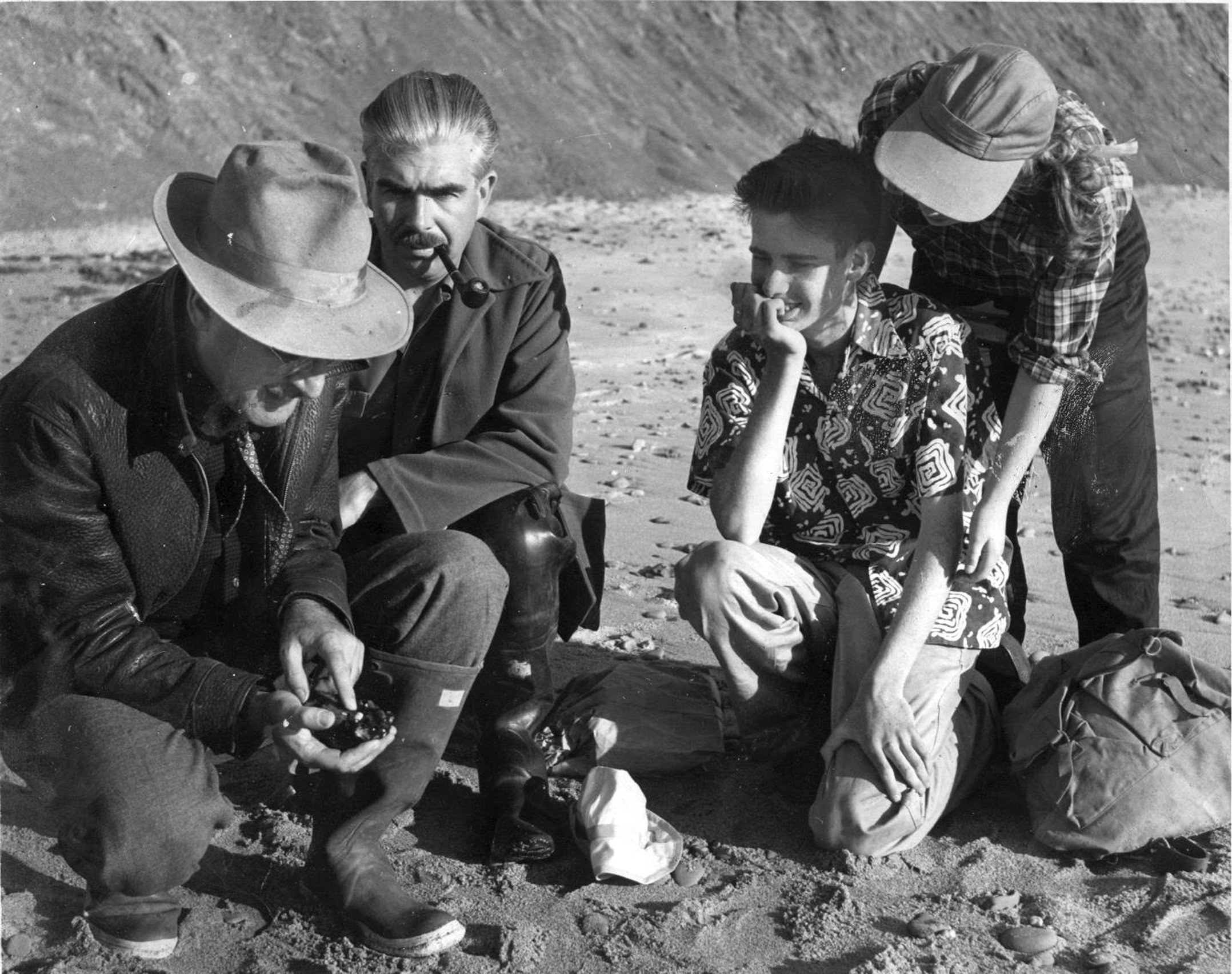
When did you first fall in love with plants?
Insects actually caught my attention first, but at about 8-years old plants got my attention, too. All of natural history was a fascinating book for me, as I explored the city and neighboring areas. I was a member of the Student Section at the California Academy of Sciences from age 8 onward, and the scientific departments were very encouraging to students of all ages. Beetles were my first passion, but when I learned that Jepson’s manual covered all of the State’s plants, finding them could became a most enjoyable game – and finding new locality records the best part of it. Alice Eastwood, and then later John Thomas Howell, were my mentors, and the love of plants that they helped instill brought me interest and pleasure for the rest of my life.
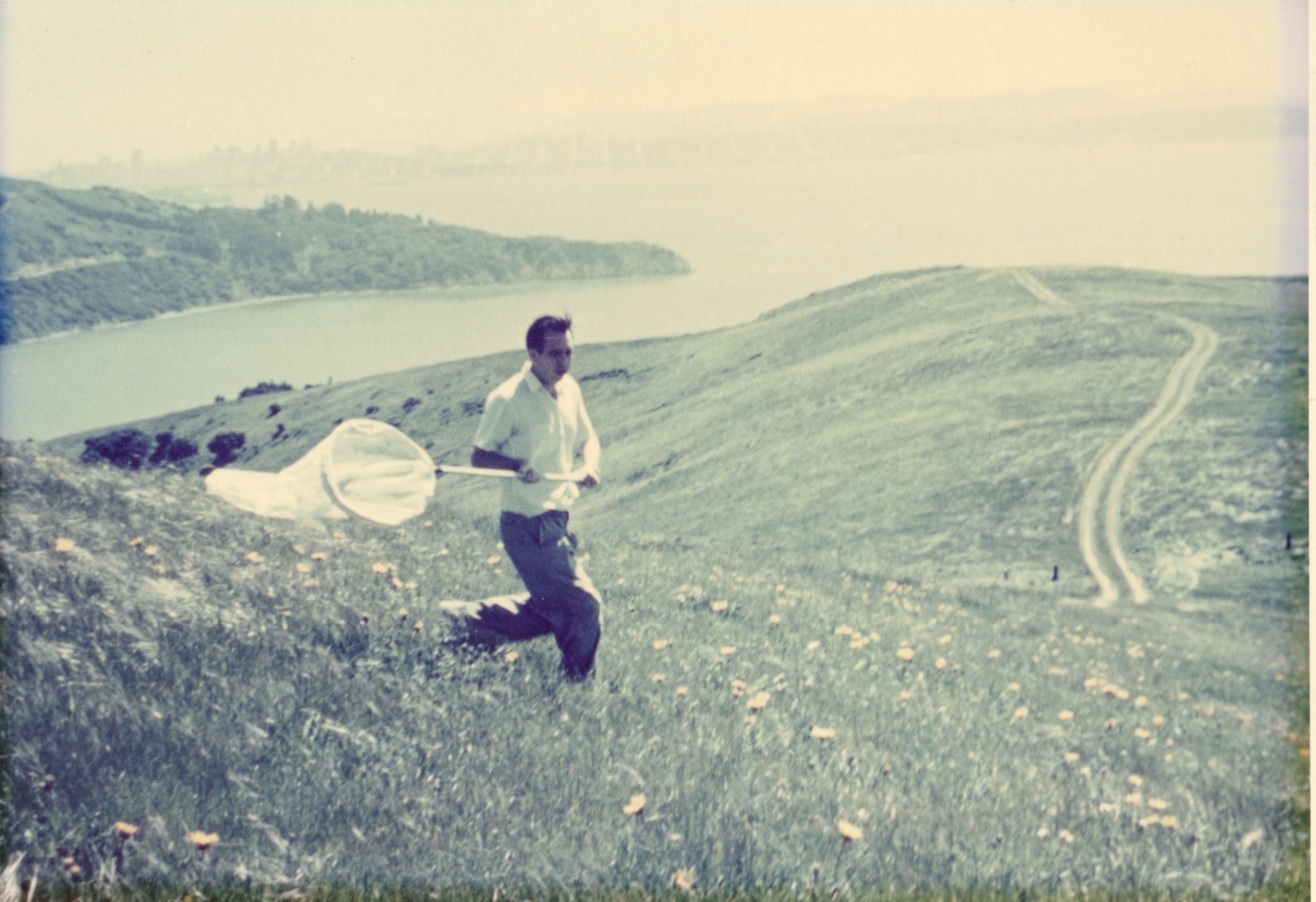
What was your path to becoming Director of a botanical garden (i.e., education, career path)?
I followed up my A.B. at UC Berkeley with a Ph.D. in botany from UCLA. After teaching at Stanford University for 9 years, I came to Missouri Botanical Garden in 1971 at age 35 to serve as the Director, and later President. The directorship is a joint position with Washington University in St. Louis. In this capacity, I built and ran a worldwide program for plants with more than 50 research scientists for 39 years, until retiring in 2010.
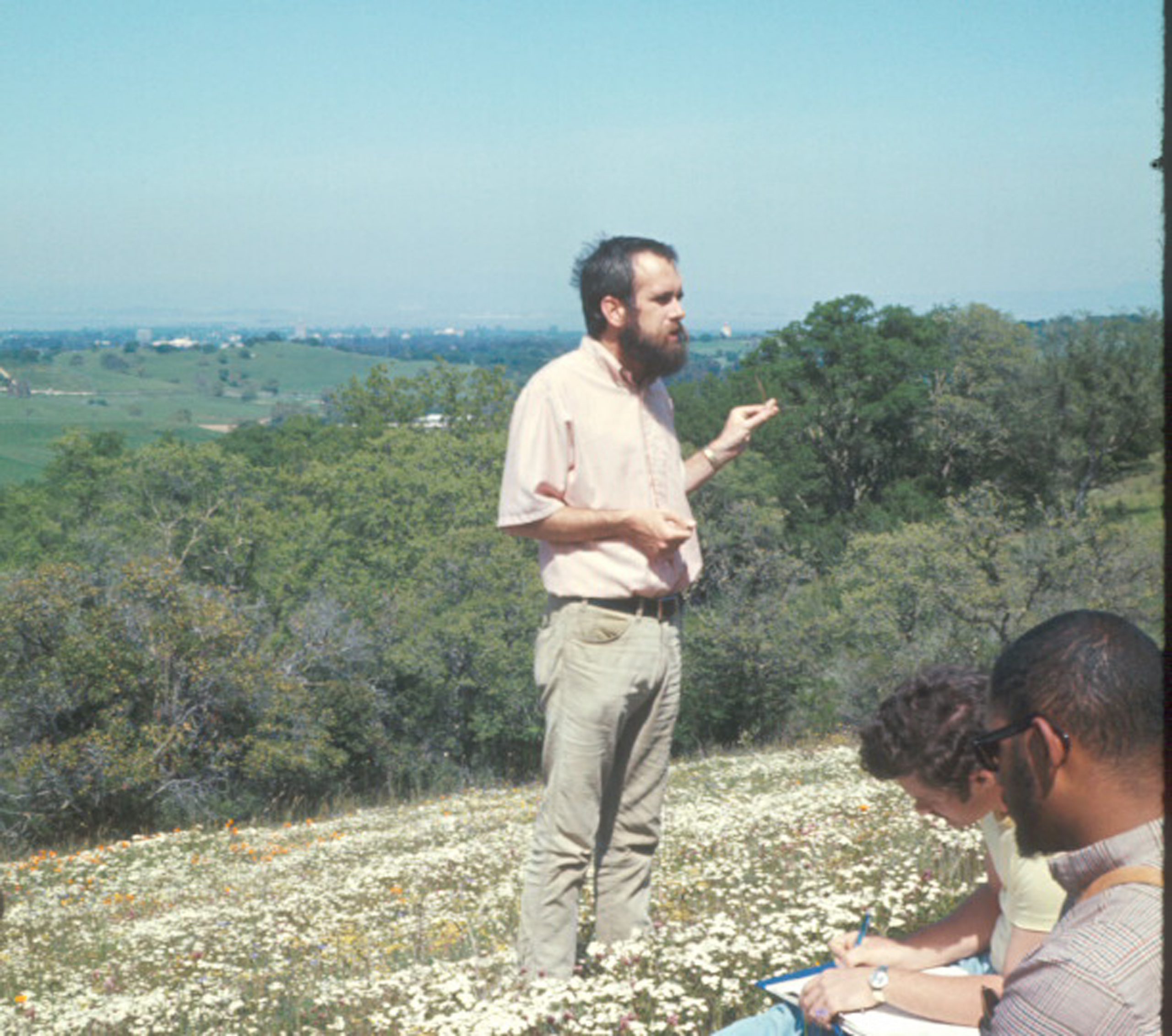
When did the garden you were director of become a CPC participating institution? Please share the impetus for joining CPC.
I had Missouri Botanical Garden join when CPC formed in 1984. I thought it was a good idea to better organize our overall conservation program efforts in the U.S., so that as few species as possible would “fall through the cracks” and be lost. With CPC, we have built a strong unit on preserving plants in Missouri and some of the neighboring states, just as envisioned by the founders.
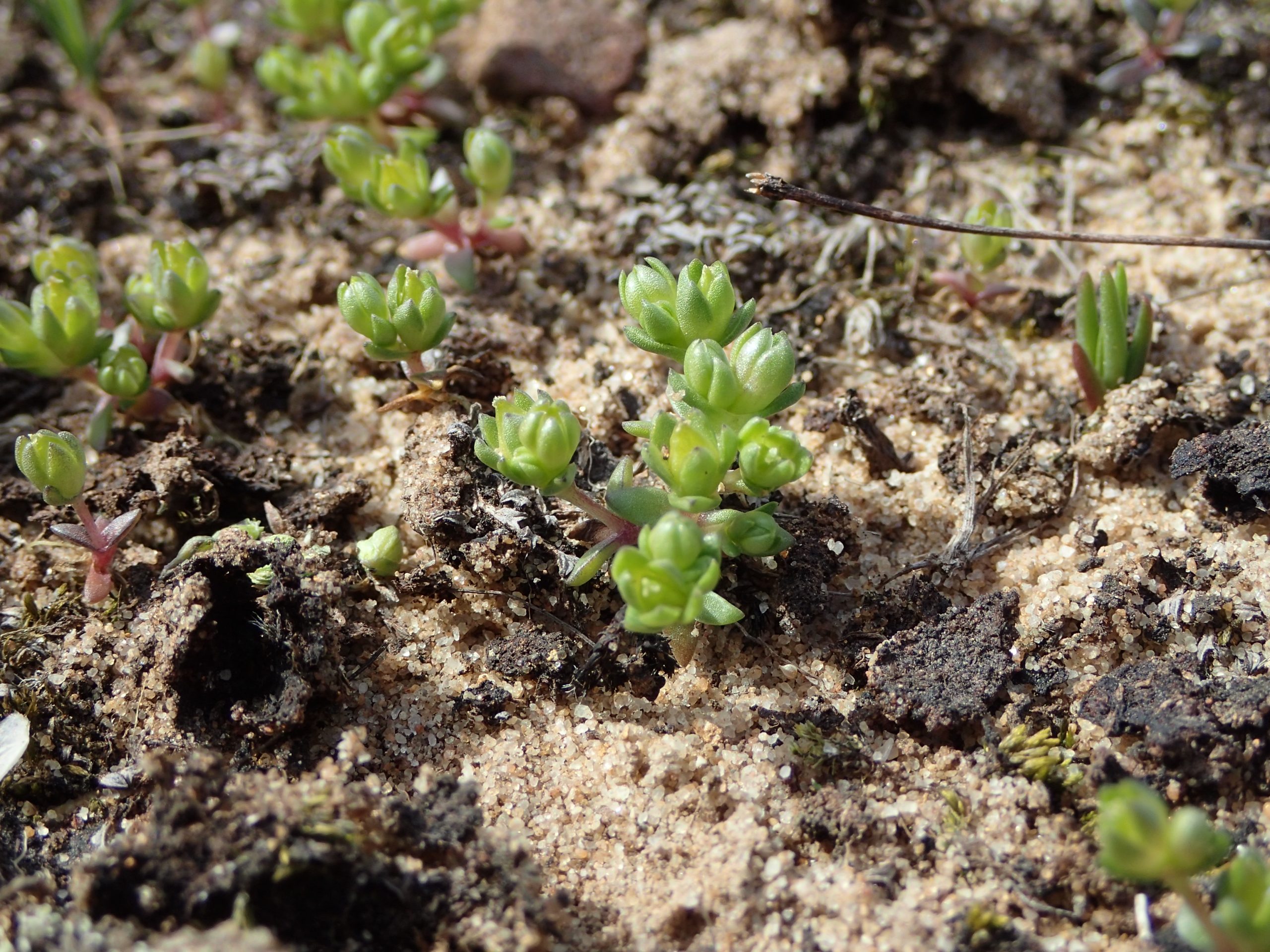
What aspect of your garden and its work are you most proud of?
During my tenure, we were able to expand our research program and herbarium to reach a level equal to the best in the world. In Latin America, Africa, and Asia, our botanists have been active and productive. Through projects such as the Flora of China, Flora of North America, Flora Mesoamericana, and many others that we organized and pursued jointly, we have helped stimulate the addition of a great deal of knowledge about the plants of the world. I am proudest of getting tax support for the first time. Now, this financial resource makes up about $12 million of our $40 million annual budget. Working up public interest in the Garden from an already high level, we were able to accomplish this major step forward in the early 1980s, a decade after my arrival.
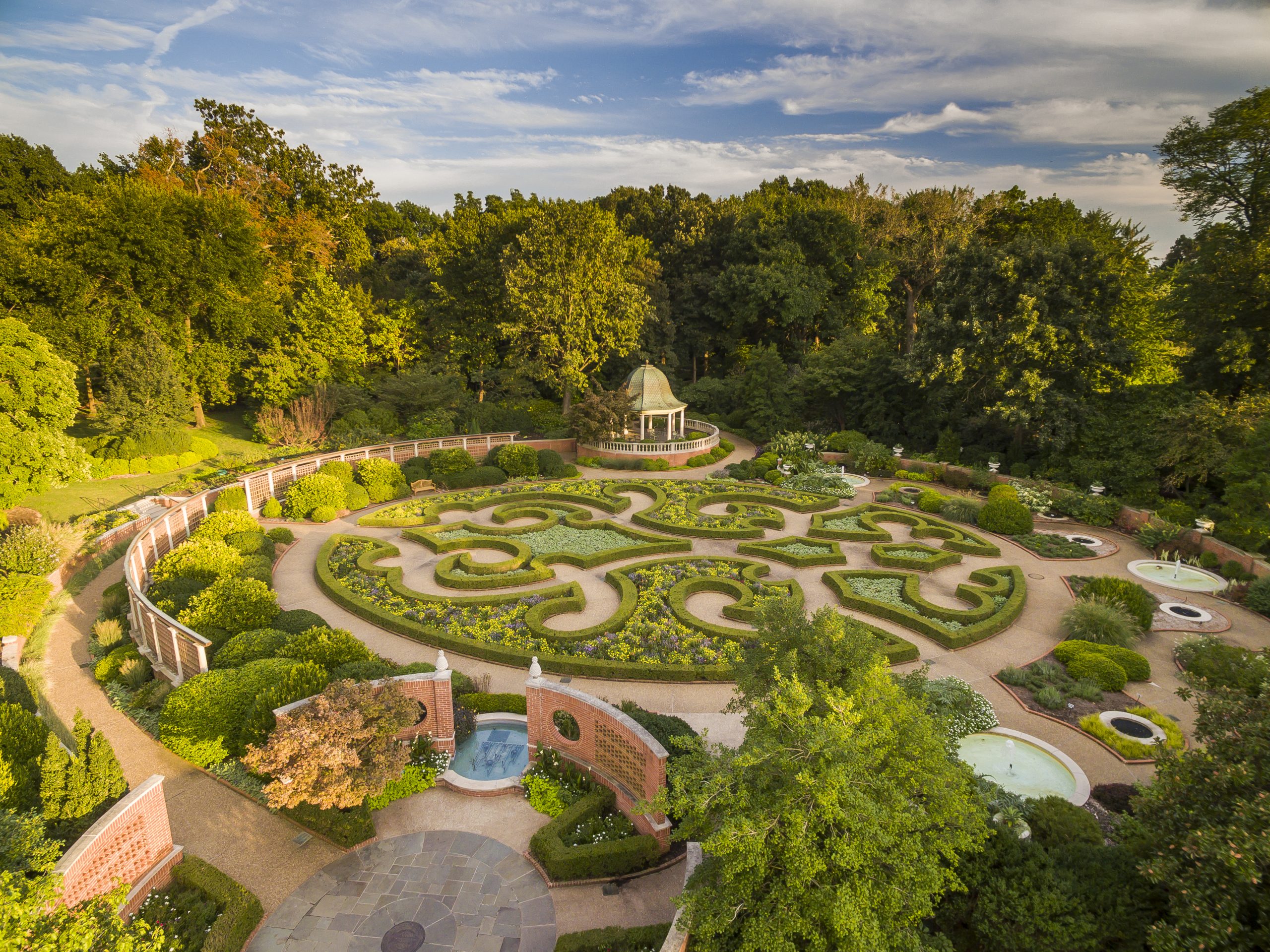
What is your favorite National Collection species?
Robbin’s cinquefoil, Potentilla robbinsiana, is one of CPC’s success stories. The small, almost stemless, alpine perennial with beautiful yellow flowers was known from only three populations in the White Mountains of New Hampshire. With populations declining, the New England Wild Flower Society, a CPC Participating Institution, stepped in. The species has largely recovered and was removed from the endangered species list.
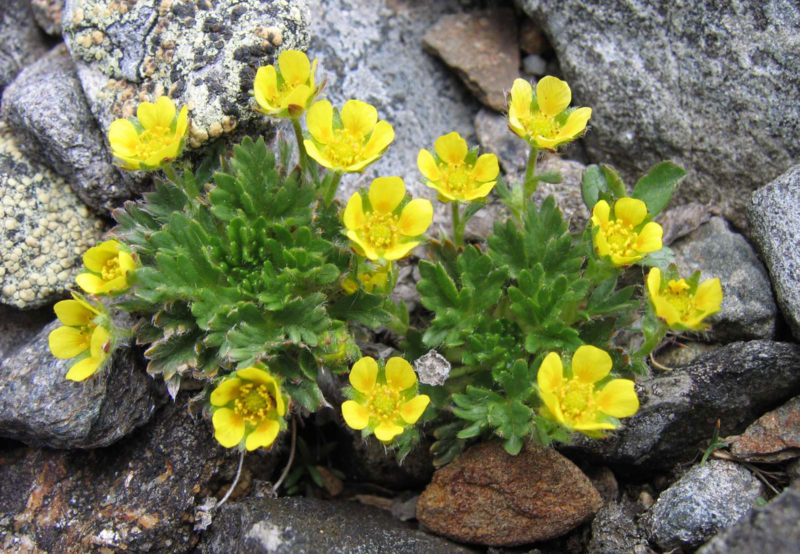
Why do you think it is important for Garden Directors to be represented on the Board, what prompted you to agree to become a Trustee for CPC, and what unique perspective do you think you bring to the board?
We bring special knowledge of the practical part of conservation and help to make sound judgments for the overall program. After bringing the organization to Missouri and shepherding it here for 21 years, I retired from the Garden and then joined the CPC Board, eventually becoming Chairman. Public concern about conservation has grown during this period, and my 26 years of close association with the CPC have seen the Center respond and adapt continuously.
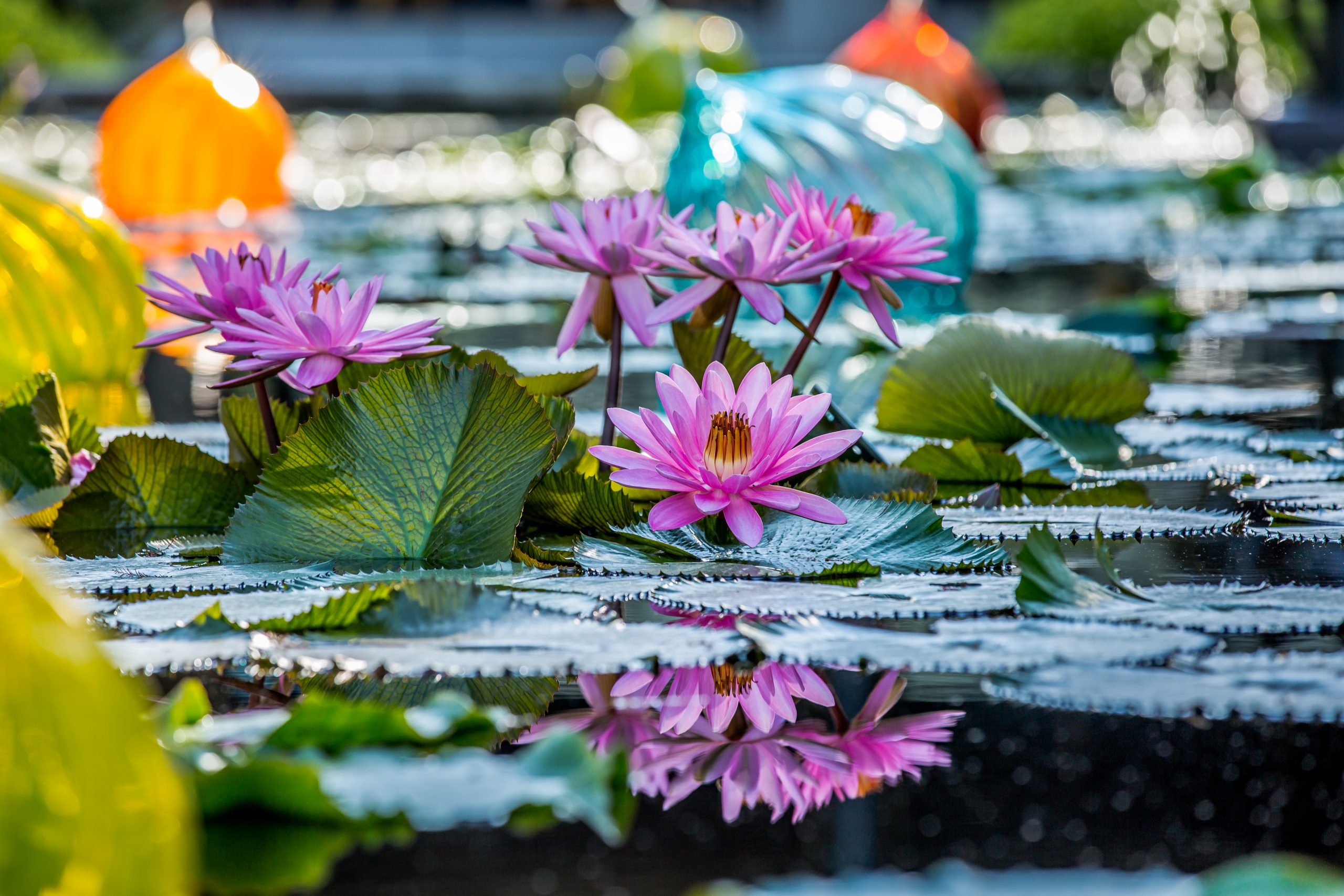
What excites you the most for CPC moving forward?
Conserving all of imperiled U.S. and Canadian plants in the National Collection, spreading the word better, and increasing awareness of the importance of plants not only for our survival, but for the enrichment of our lives.
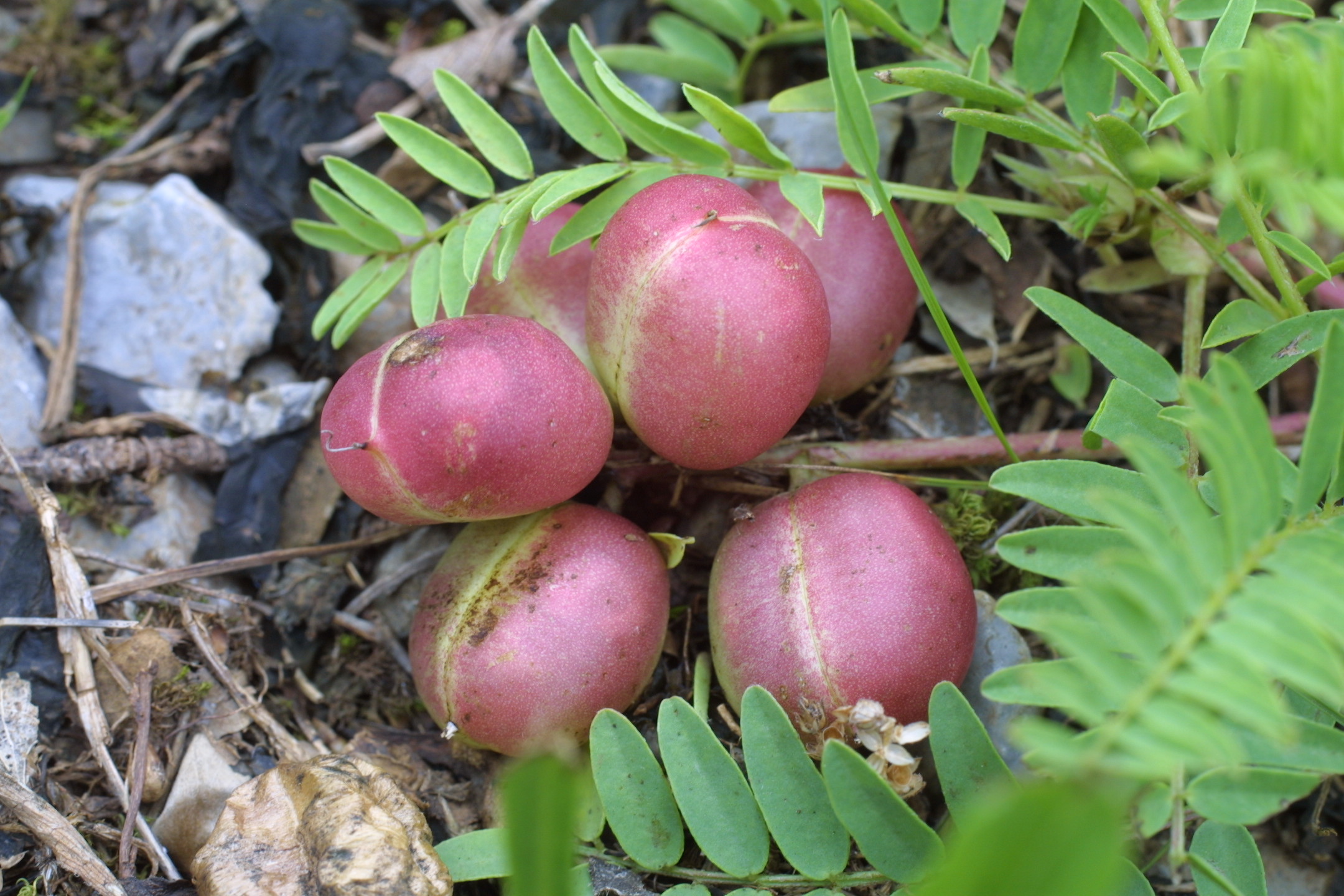
Lucinda McDade, Ph.D.
Dr. McDade has always liked plants – although she will admit to having bad experiences with a few prickly ones as a child. Now, she works to save plants on many fronts: as the Executive Director of Rancho Santa Ana Botanic Garden she leads an incredible conservation-focused organization; as a professor and the Chair of the Botany Department at Claremont Graduate University she is a prolific researcher and mentor; and, of course, as a board trustee, she helps guide the CPC in its effort to help plants in peril.
Where did you grow up? What is your favorite hometown plant?
I grew up in South Florida. My favorite plant…. Hmmm…. I remember learning about royal poinciana (Delonix regia), ixora (Ixora coccinea) and what I later learned about was Duranta repens. It is hard not to like live oaks (Quercus virginiana), mangoes (Mangifera indica), coconuts (Coco nucifera).
I spent time running around outside and so I hated lantana (Lantana camara), whose prickles on the stems rip your legs when you run through them in shorts, and beefwood (Casuarina cunninghamiana), whose fruits covered with pointy structures hurt your bare feet. Thinking about this, I realize that I did not experience a great deal of native plants when I was a child, but of course I came later to appreciate them very much!
When did you first fall in love with plants?
I always liked plants, always planted things, always have been a biologist. I do not come from a professional family, and so did not know that I could BE a botanist until I took a plant course in college. Luckily, the professor encouraged me – I am grateful to him to this day! Until then, I was planning to be a medical doctor, which – given that I don’t deal well with other people’s discomfort or blood – would have been a very bad choice.
What was your path to becoming the director of a botanical garden (i.e., education, career path)?
After getting a Ph.D. in Botany at Duke University, I built my career in a various arenas. I worked for a non-profit, in academia (University of Arizona), at a large natural history museum (Academy of Natural Science, Philadelphia), and came to Rancho Santa Ana Botanic Garden about 12 years ago as Director of Research. I had been enchanted by this garden since I first visited it in the late 1980s, owing to its dedication to native plants, and so was thrilled to have the chance to work here. I became Executive Director six years later.
When did your garden become a CPC participating institution? Do you know the impetus for joining?
Rancho Santa Ana Botanic Garden is a founding member of CPC. Conservation is core to our mission and a major part of what we do. It is also in our ‘culture’ to be collaborative, such that joining CPC was entirely logical.
In your opinion, how has your garden benefited from being a CPC participating institution?
The broad group of conservation-minded plant professionals is great for networking. CPC provides an opportunity for sharing perspectives, methods…. what went very well the first time and what required improvement the second time around!
What aspect of your garden and its work are you most proud of?
That’s a tough one as I am proud of all that we do here! I love our Seed Bank – it is the largest repository for seeds of California native plants anywhere. I am very proud of our herbarium: it is among the largest in North America, which is amazing given how relatively young and small we are. I marvel at our living collection, including conservation groves (genetically diverse, planted along maternal lines) of a number of important plants. I am incredibly proud of our nursery, which has become the southern California leader in growing pathogen-free plants. How long have I got? How many pages can I fill?
-
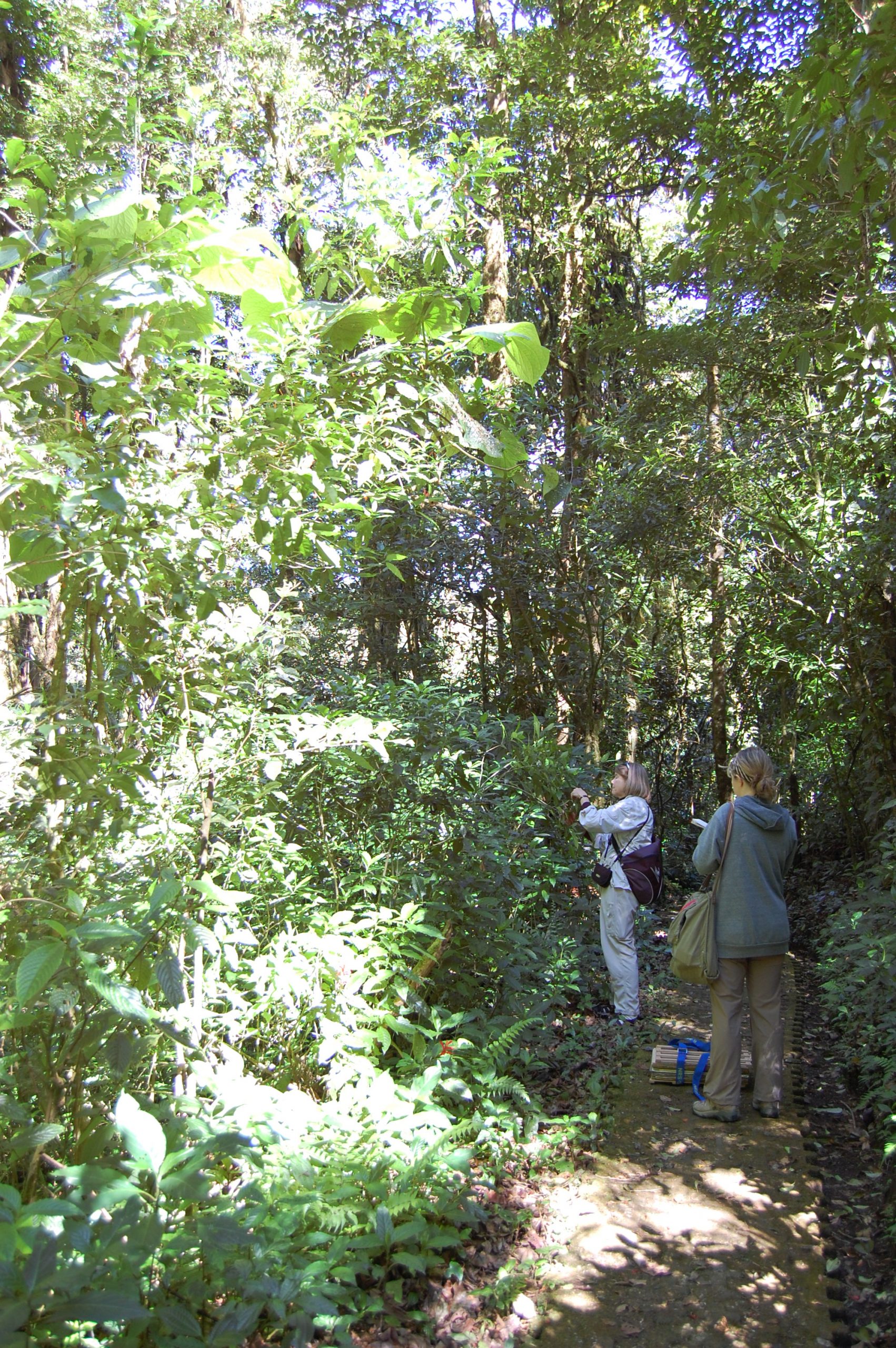
Garden Director Dr. Lucinda McDade spent time in Costa Rica with graduate student Carrie Kiel collecting pressing specimens for her dissertation research. Lucinda is a professor and the chair of the Botany Department at Claremont Graduate University. -

n conjunction with Claremont Graduate University, Rancho Santa Botanic Garden educates graduate students. Here Lucinda McDade, Ph.D., helps doctorate student Carrie Kiel with her field work in Costa Rica. Upon graduating Carrie became a postdoctoral fellow at the garden. -

Fay’s Meadow at California Botanic Garden hosts a bright display of native wildflowers, including California poppies (Eschscholzia californica).
What accomplishment are you most proud of achieving as Director of your garden?
Growing our Board of Trustees form 5 to 15. It is a long story as to why we had five trustees from 1934 until 2013, but since 2013 we have added 12 (two have retired) and the difference is palpable. The board now has a broader perspective and wider reach; more trustees brings RSABG the support of more individuals and each of them brings not only his/her personal suite of talents and expertise but his/her own network of colleagues and connections. This increasing sphere of friends and influence bodes extremely well for the future of our Garden.
What is the biggest challenge you face as Director of your garden?
There are never enough dollars for all that needs to be done. It would also be nice to have a couple or three years in a row of normal to above normal rainfall!
What do you think is the single most important thing your garden does to save plants?
Seed banking, but conservation groves are also terrific for recalcitrant species (i.e., species with seeds that cannot be dried and frozen for long-term banking). Each is a type of ex situ (outside of the plant’s natural habitat) conservation that is vital for maintaining diversity long-term and for supporting in situ (in the wild) conservation. The field work that we do to survey for plants of conservation concern is also vital as it helps land managers to deploy limited resources in a cost-effective way.
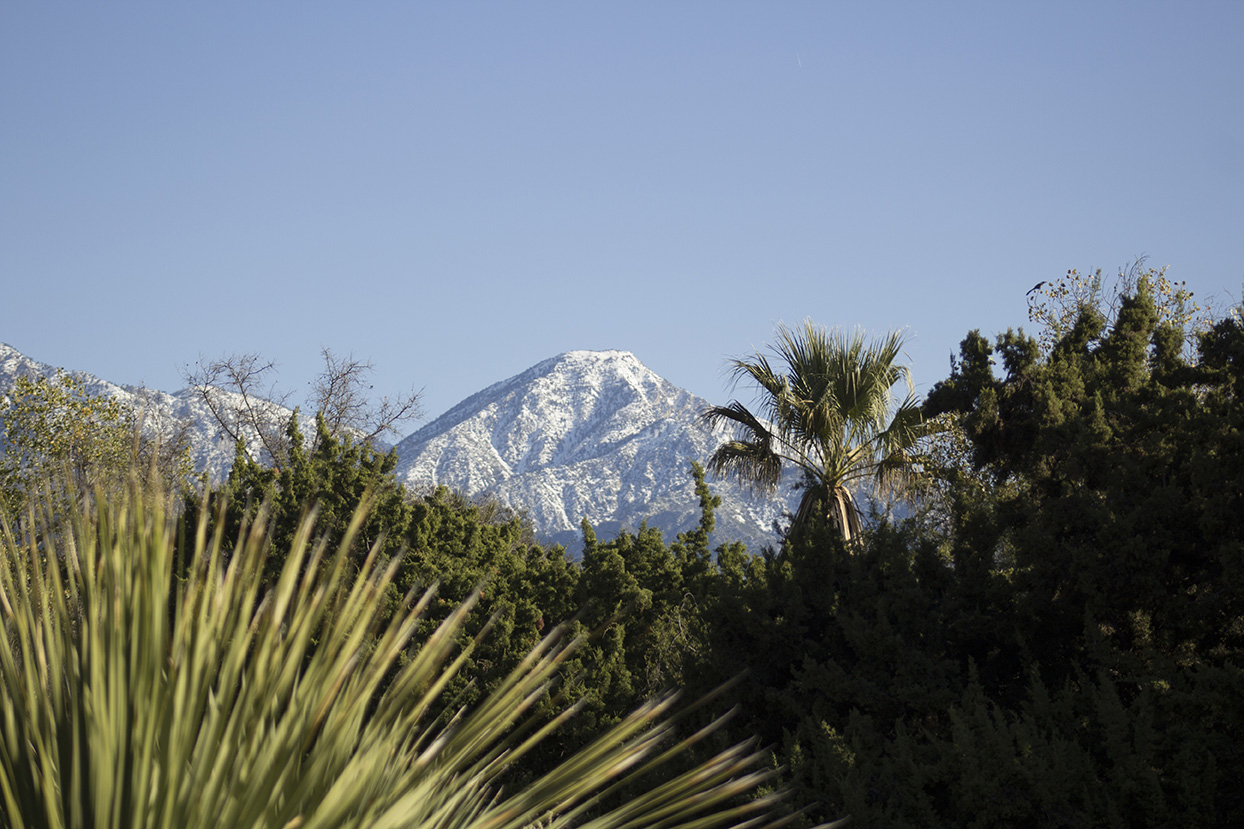
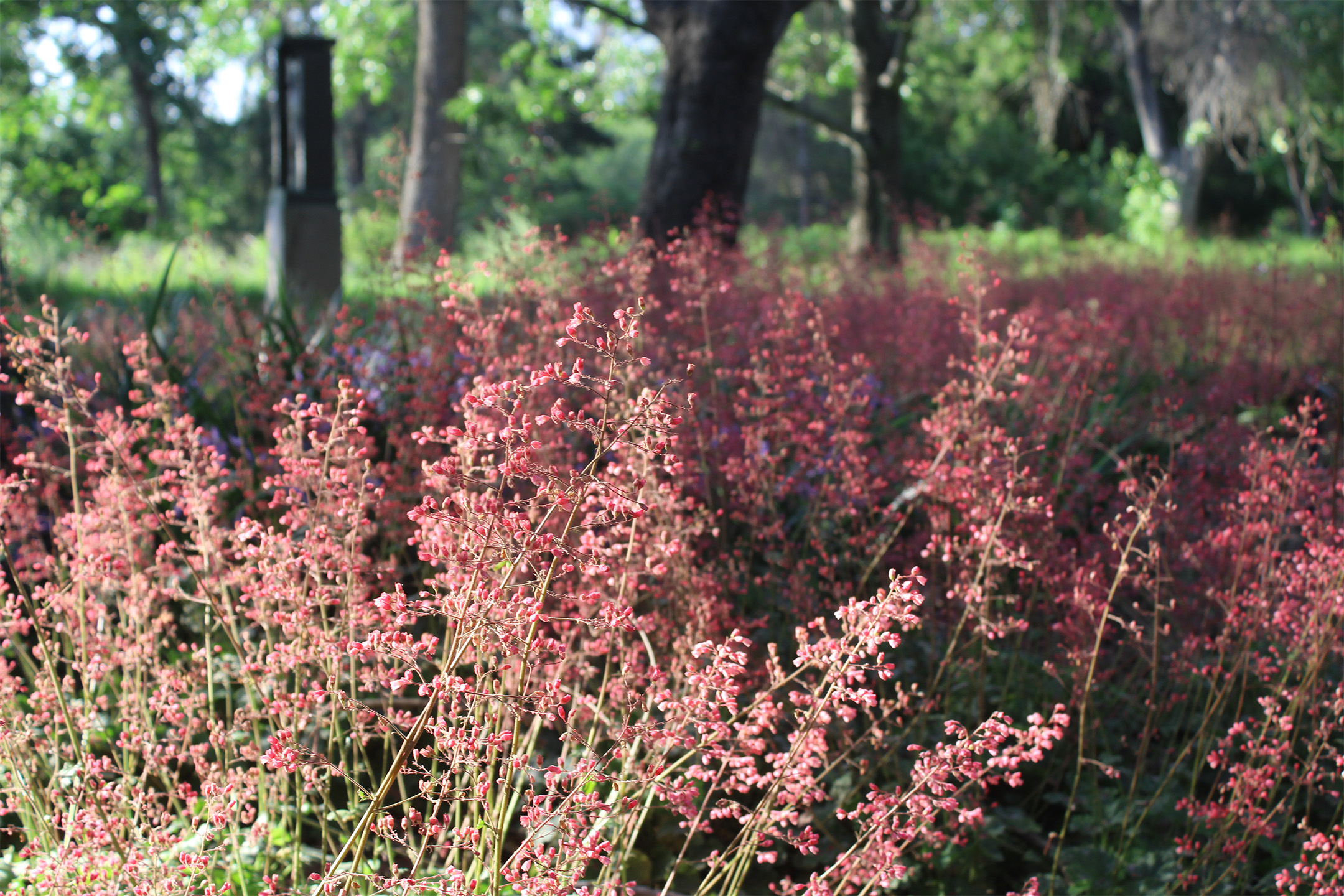
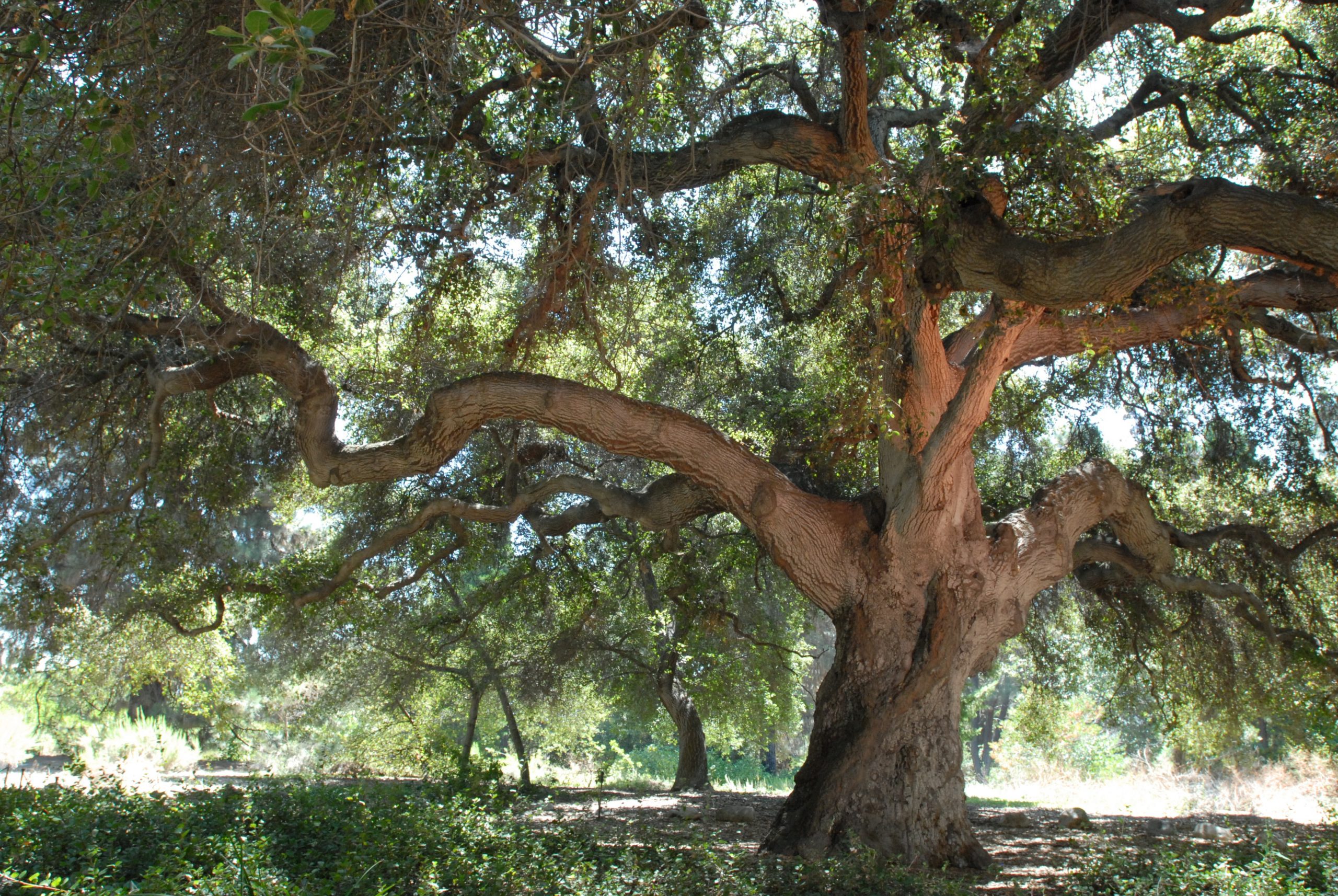
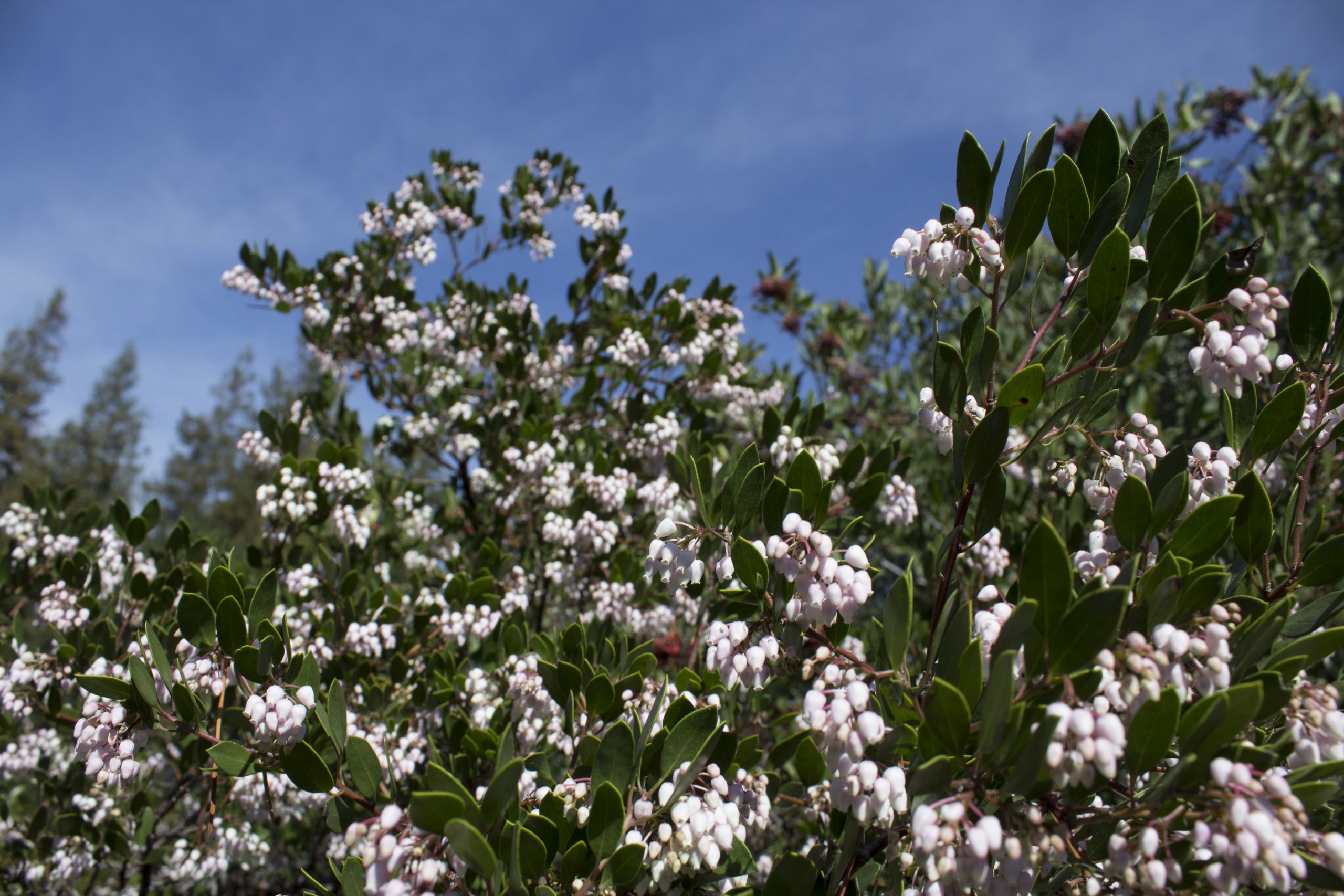
What is your favorite National Collection species?
I am going to have to mention two here and for very different reasons. The first is a success story and the second…. It remains to be seen.
Trichostema austromontanum subsp compactum, the “Hidden Lake bluecurls” was recently proposed for de-listing because essentially everything that could be done to secure its future has been done including taking Hidden Lake in the San Jacintos of Southern California off the map! It has been seed banked and surveyed for multiple years; it is on protected land and steps have been taken to strongly reduce the impact of human use of the area on these plants. In most ways, it is as safe as it can be in the modern world.
Cercocarpus traskiae (Catalina Island mountain mahogany) is a small tree that occurs only on Catalina Island, one of the Channel Islands off of the coast of Southern California. It is only known from a handful (fewer than 10 at present) genetic individuals. It is seed-banked at RSABG and we also have a conservation grove of the known genetic individuals. We are sharing plants with other botanic gardens with suitable growing conditions with the goal of weaving a strong security blanket for this species. Interestingly, some of the trees grown on the grounds at RSABG are gorgeous specimens – not necessarily expected given that our climate is rather different from that on Catalina.
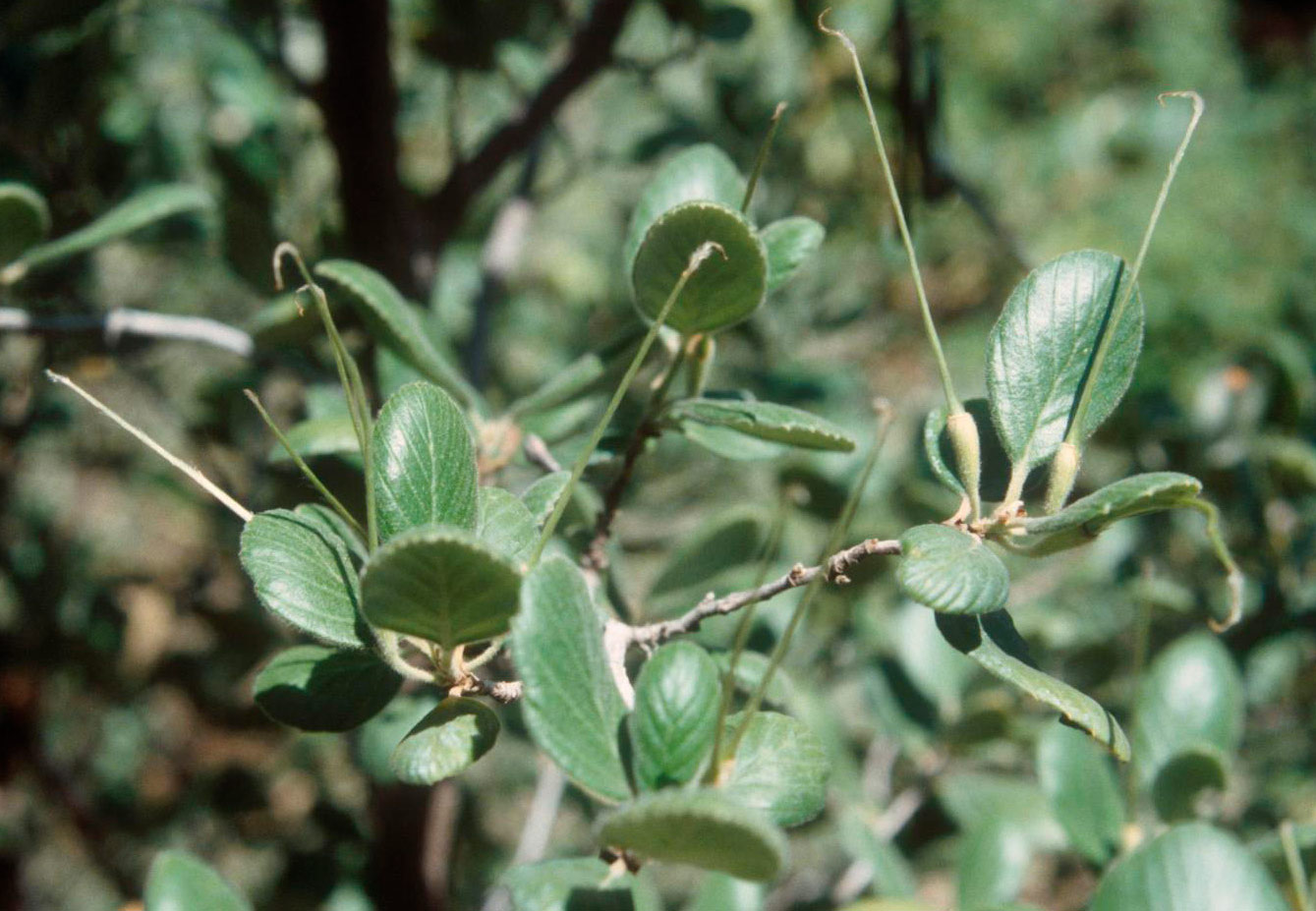
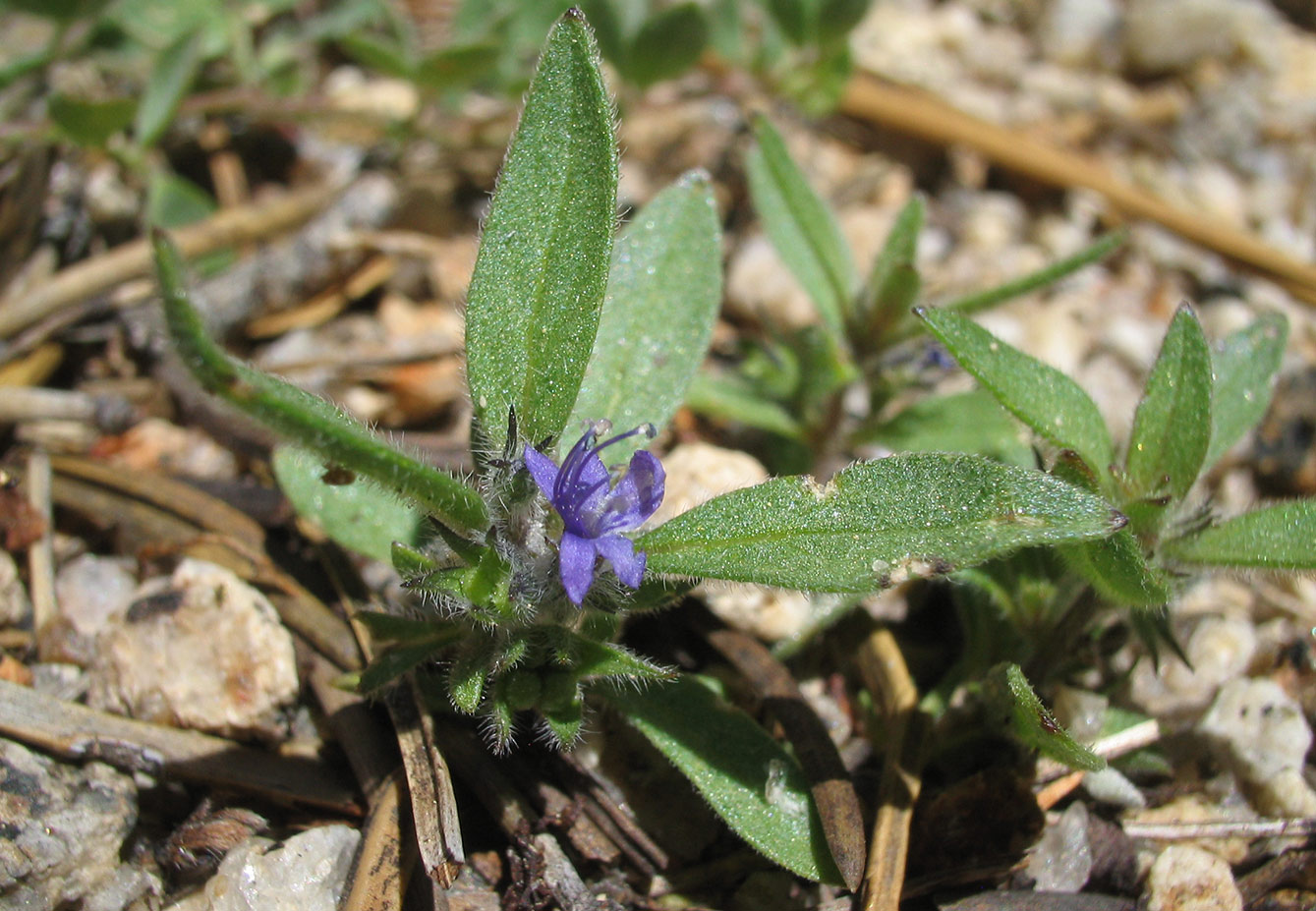
Why do you think it is important for Garden Directors to be represented on the Board?
We enable the other trustees to ground truth – to ask very practical questions about the impact of decisions, policies, etc. on the Participating Institutions. As a plant scientist, I can also help to fill in their knowledge of plants. I have found that the non-director trustees value our presence and input, and of course we value them immensely for their service and commitment to securing the future of our plant heritage.
What prompted you to agree to become a Trustee for CPC? What unique perspective do you think you bring to the board?
I joined because I care about the organization and wish for it to prosper, so that its mission – safeguarding the plants of North American – will be successful. My unique perspective is at the odd intersection of knowledge of plants and finances.
What excites you the most for CPC moving forward?
The CPC is in a good place now, with solid staff and an entirely reasonable funding model that should position it well for success. It is great to see support for conservation-in-the-trenches coming along now in the form of protocols, documentation and other materials that provide solid support for the staff at our Participating Institutions as they do the important on-the-ground work on plant conservation. Also, the Board of CPC is an excellent group of dedicated people and it is an honor to know each and every one of them. It has been inspiring to serve with my old friend and colleague, Peter Raven. Peter has contributed so much to CPC including hard work to vitally secure its future. I am very much looking forward to the next stage of the CPC board under the leadership of Lynde Uihlein.
All photos courtesy of Rancho Santa Ana Botanic Garden.
Christopher Dunn, Ph.D.
Though his Scottish origins may leave him partial to thistles (both Scottish and otherwise), Christopher Dunn’s love of plants runs broad and deep. He is excited for CPC to broaden its network and help more people work to save plants.
Where did you grow up? What is your favorite hometown plant?
I was born in Aberdeen, Scotland (which explains a lot, I’m sure!). We moved to the US when I was 12 years old, so I have many clear memories from my youth. My favorite hometown plant is, as you might guess, the Scottish thistle (Onopordum acanthium); beautiful, fierce, and robust!
When did you first fall in love with plants?
My father was a professor of Romance Languages and Literature at the University of Aberdeen, Scotland. He was also an avid gardener. From time to time, we would find strangers walking through our garden (it was quite large) thinking they were at the botanic garden, which was just down the street. I used to follow my father around and ask the names of the plants. Two of my earliest memories were from in the garden. One is of my younger brother eating the seeds of laburnum (Laburnum anagyroides). It was a small tree, but we would climb it and noted that it was related to the pea. Anyway, he ate a seed or two and became rather sick. Fortunately, he was fine, but the power of plants was impressed on me. Another great memory is my father’s determination to encourage a yucca (Yucca gloriosa) to bloom outdoors at that northerly latitude. After a couple of years, he succeeded. By all accounts, he held the record for the northernmost flowering yucca. With climate change, it is probably easier now (but I think that’s cheating!).
What was your path to becoming the director of a botanical garden (i.e., education, career path)?
Because I loved plants (particularly trees), I fully expected to have an academic career in plant ecology and conservation. However, after getting my first academic position, I quickly realized that it was not to my liking. I was fortunate to be living in the Chicago area and saw an advertisement for director of research at The Morton Arboretum. This seemed to offer the ideal combination of research, education, and outreach. I got the job, and have been in the public garden world ever since: Chicago Botanic Garden, Lyon Arboretum, and now Cornell Botanic Gardens. And all CPC Participating Institutions, I’m proud to say.
When you aren’t busy saving plants, what do you like to do with your free time?
When I am not saving plants, I am drinking them.
When did your garden become a CPC Participating Institution? Do you know – and can you share – the impetus for joining?
It seems it is all Peter Raven’s fault! Peter was at Cornell for a lecture (this was before my time) and encouraged the then Cornell Plantations to consider applying for membership in CPC. Apparently, the director at the time was supportive, as were the staff in the natural areas program. We joined in August 2006.
-

Dr. Dunn delivering a press conference on climate change and indigenous communities. COP 23 (Bonn, Germany, 2017). Photo courtesy of Cornell Botanic Gardens. -
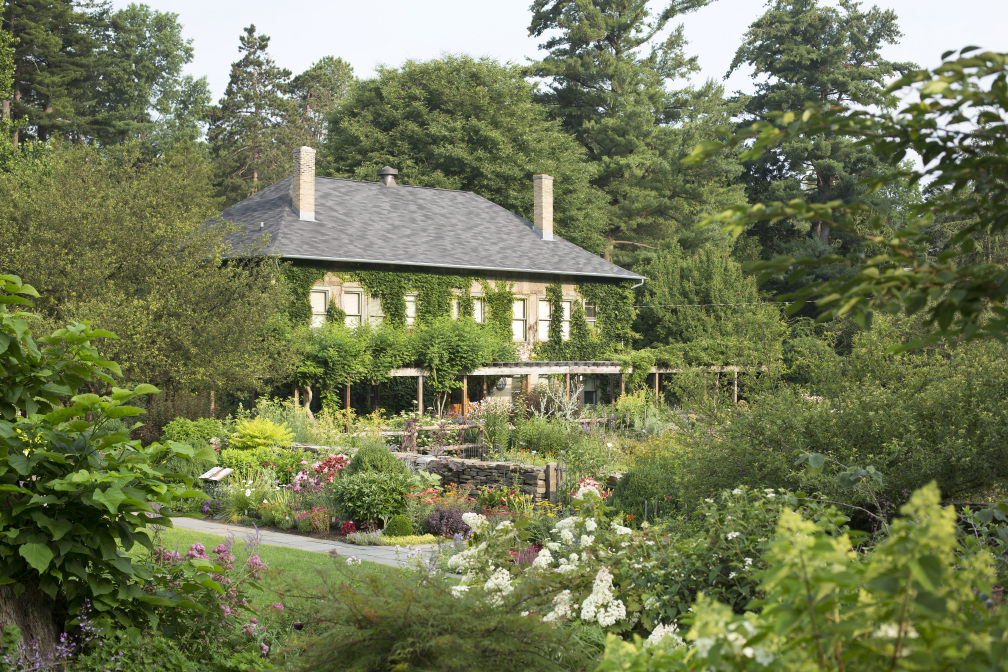
Robison York State Herb Garden features over 500 plant varieties of herbs, or plants that have human use or significance. Photo courtesy of Cornell Botanic Gardens. -
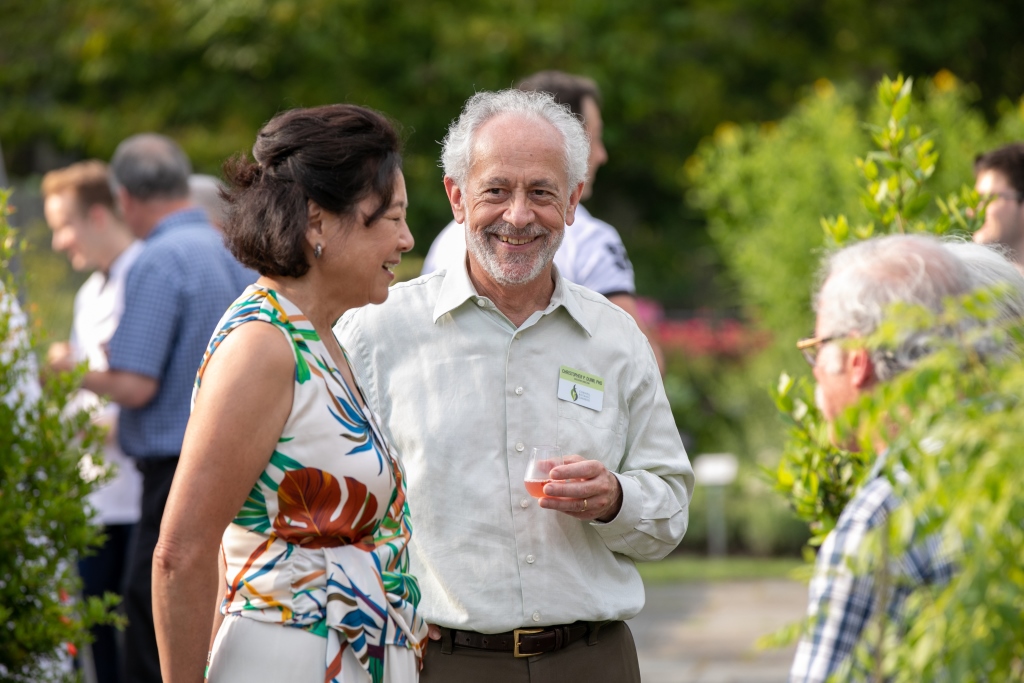
Flowers After Hours (special event) at the Cornell Botanic Gardens. Christopher and Mei-Ran Dunn with guests. July 2018. Photo courtesy of Cornell Botanic Gardens.
In your opinion, how has your garden benefited from being a CPC Participating Institution?
Our work to conserve natural areas and rare plants parallels that of CPC and Participating Institutions. Being active in CPC helps us be more effective in the work we do and vice a versa. We value the opportunity to learn from our peers, the ability to share our experiences and the fine publicity that being a PI affords us.
What aspect of your garden and its work are you most proud of?
I am really proud of all the people I am blessed to work with. They are amazing and bring their passion to the gardens, to our education and outreach programs, and to the stewardship of our natural areas. Anyone who visits the gardens can sense that.
What accomplishment are you most proud of achieving as Director of your garden?
Rebranding, renaming (from Cornell Plantations to Cornell Botanic Gardens), and a new emphasis on interpreting the essential interdependence between plants and peoples are what I am most proud of. It is one thing to conserve plants (rare or not). But, it is another to recognize that erosion of plant diversity has a direct impact on local and indigenous communities. Thus, we are determined to increase awareness of these links via an emphasis on “biocultural” diversity and conservation. Of course, this would not be possible without a willing, supportive, and creative team at the botanic gardens.
What is the biggest challenge you face as Director of your garden?
I don’t think I would be alone if I said there are actually two large challenges. One is achieving financial stability. We need this in order to fully achieve our new strategic goals and aspirations. The other is engaging all our “stakeholders” in embracing this concept of biocultural conservation.
What do you think is the single most important thing your garden does to save plants?
We have a powerful message that relates to creating a world of diversity, beauty, and hope. Our work inspires and motivates people to make positive changes in their lives and in the world. Saving plants is not something we can do alone. It doesn’t even “take a village” anymore. It takes the world. By engaging people to see the beauty in the diversity of the plant world and of the human/cultural world, we are sowing seeds of hope. That is what will ultimately save plants.
What is your favorite National Collection species?
I have to pick a favorite?! Ok, let’s do it this way. When I was at The Morton Arboretum, we entered into a CPC membership with the Chicago Botanic Garden. At that time, CPC Participating Institutions represented particular geographic areas. There could not be two gardens from the same place. Because we were working on joint plant conservation projects, we successfully made a bid to join as a single entity; namely, the Chicago Center for Endangered Plants, which no longer exists. Two species we worked with were eastern prairie fringed orchid (Platanthera leucophaea) and pitcher’s thistle (Cirsium pitcheri). Given my Scottish roots, I have to say that the Cirsium is a favorite.
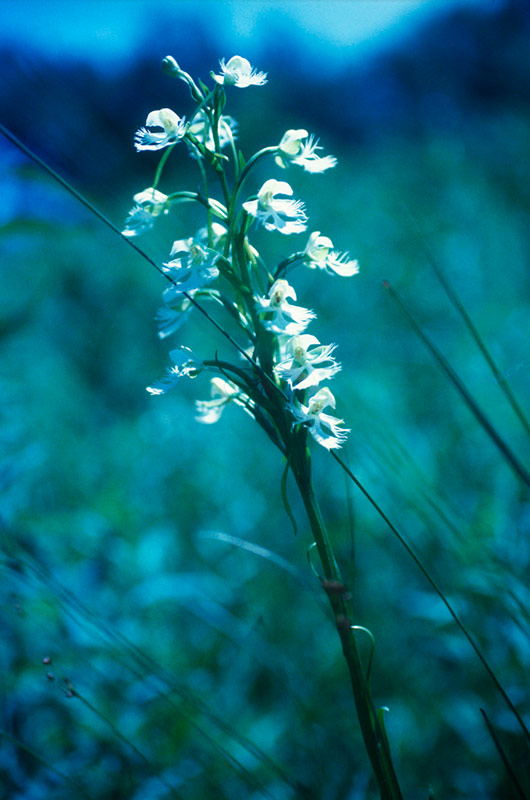
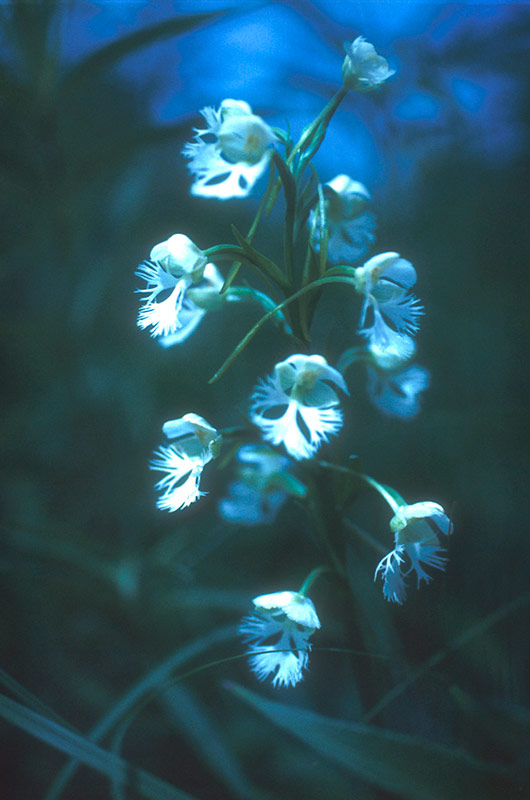
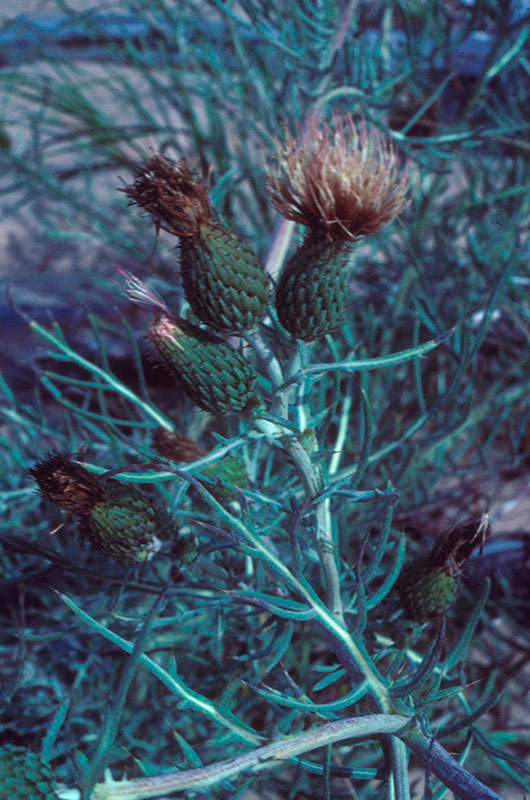
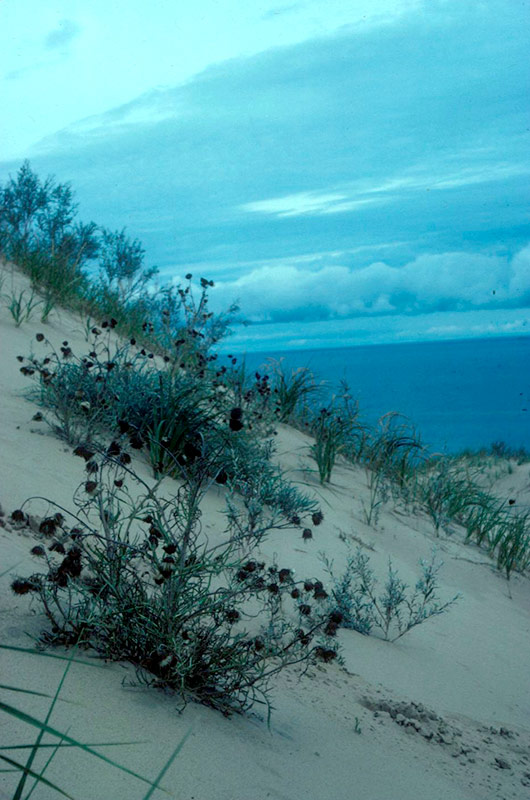
Why do you think it is important for Garden Directors to be represented on the Board?
On the one hand, garden directors have experience working with staff and with boards; thus, we know the workings of complex organizations. On the other, we are intimately familiar with the conservation imperative and the necessity of engaging a broader public in the work we do.
What prompted you to agree to become a Trustee for CPC? What unique perspective do you think you bring to the board?
Peter Raven twisted my arm. It still hurts. At the time I was invited, I was at the Lyon Arboretum (University of Hawai’i). A close colleague, Chipper Wichman (National Tropical Botanical Garden) was rotating off the board and was of the view that the CPC board should continue to have some representation from this area of such incredible botanical diversity and endemism. And, of course, a region of such conservation concern. I gladly accepted. Despite the fact that I am now at Cornell, I spent enough time in Hawai’i to keep the conservation imperative foremost in mind. And, my experience in Hawai’i only heightened my understanding of the interdependence between the integrity of natural systems and of cultural diversity.
What excites you the most for CPC moving forward?
The CPC is clearly on an upward trajectory in terms of visibility and impact. Coming back to this idea that “it takes a world,” it is exciting to me that CPC is more engaged than ever in international plant conservation programs and strategies. To be more engaged requires increasing membership in the Center and welcoming institutions whose strengths are in areas other than research and ex situ conservation work (i.e. outside of their native habitats), such as education and interpretation.
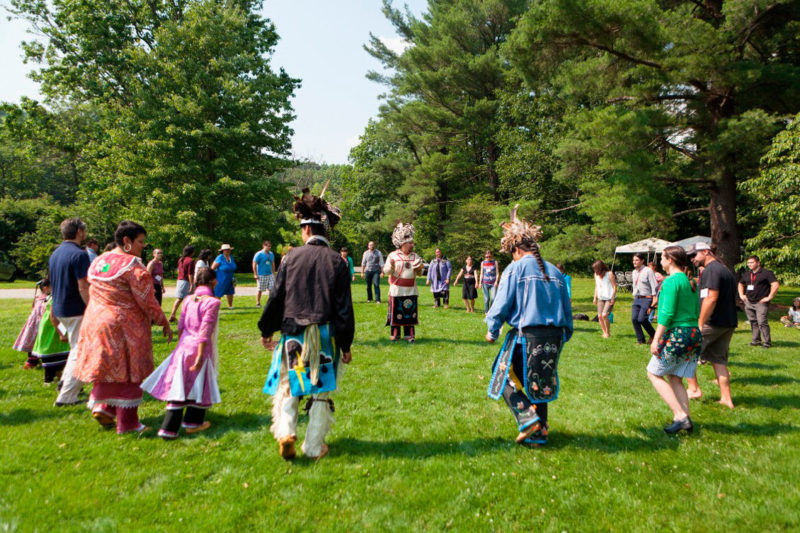
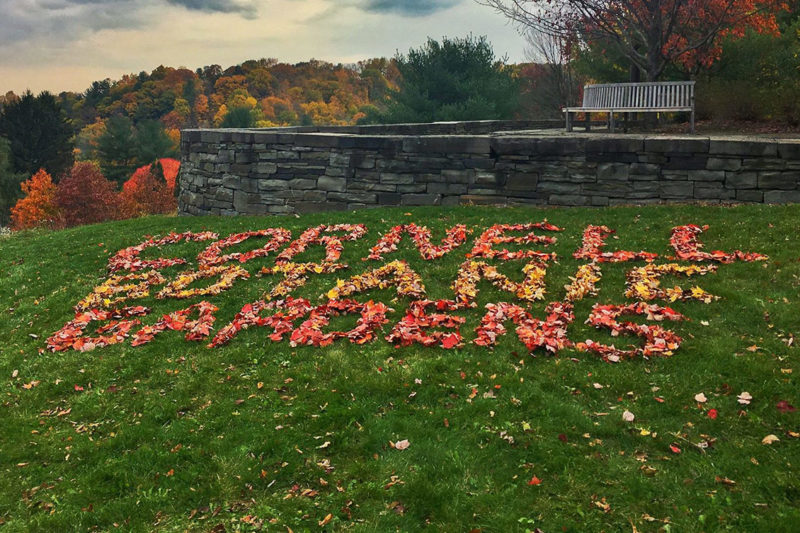
Get Updates
Get the latest news and conservation highlights from the CPC network by signing up for our newsletters.
Sign Up Today!Donate to CPC
Thank you for helping us save plant species facing extinction by making your gift to CPC through our secure donation portal!
Donate Today